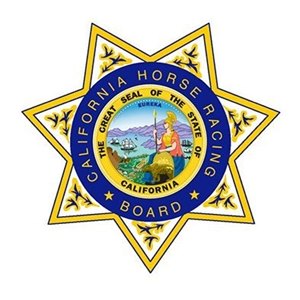CA Quarter Horses Positive for Equine Infectious Anemia


Equine Infectious Anemia has recently been detected in California's racing Quarter Horse population, according to a June 6 notice from California Horse Racing Board executive director Dr. Scott Chaney and Dr. Timothy Grande, CHRB chief official veterinarian.
On May 2 and May 26, respectively, two Quarter Horses were confirmed positive for EIA when tested for entry into a racetrack. In addition, 24 cases were confirmed EIA positive May 20 amongst exposed horses.
A previous investigation conducted by the California Department of Food and Agriculture identified a high-risk population of Quarter Horses participating in unsanctioned racing. Risky practices are believed to have contributed to transmission of this disease, such as the sharing of needles and other medical equipment or the use of illegally obtained, contaminated foreign blood products. Based on the increase in detection, the CDFA recommends increased surveillance in the high-risk population of racing Quarter Horses and requiring proof of a recent negative Coggins test for new horses entering a facility.
Effective immediately, any Quarter Horse not continuously housed at a CHRB enclosure must have a negative Coggins (EIA test) within the previous 90 days of the arrival date to be allowed to enter a CHRB enclosure. This includes both interstate and intrastate shippers.
Furthermore, any Quarter Horse that originates from a property in Tulare County must have a negative Coggins within the previous 30 days of the arrival date to be allowed to enter a CHRB enclosure.
Bilingual information about EIA can be found at the CDFA website.
